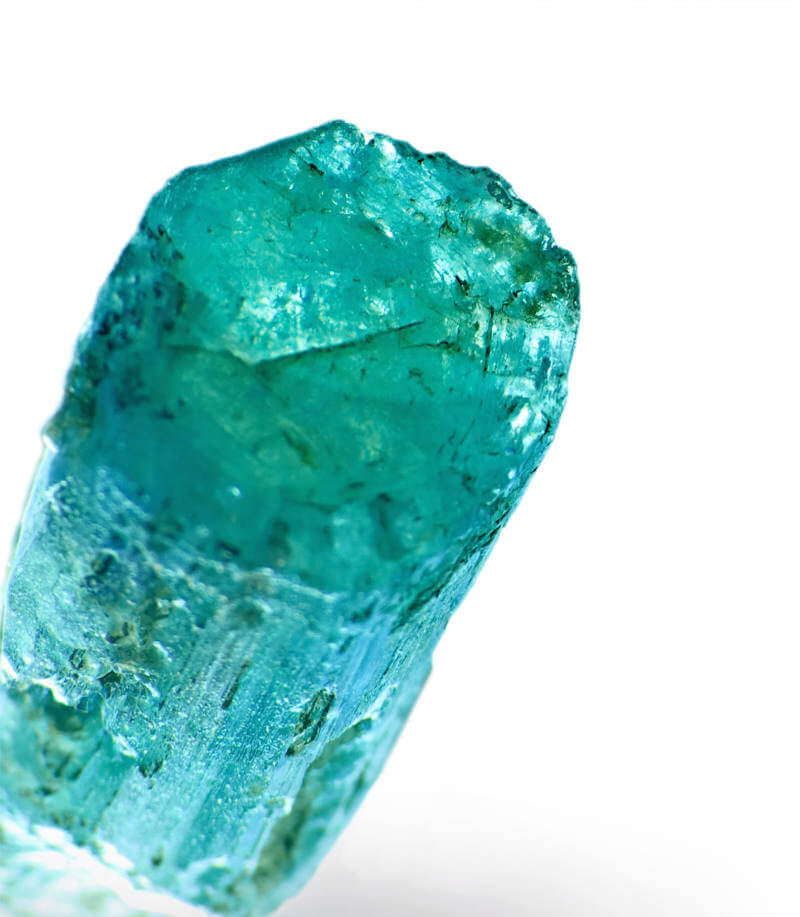March Birthstone
- Home /
- Birthstones by Month /
- March Birthstone
What is The Birthstone of March?
As deep as the mystery-filled ocean, and as ethereal as the breeze blowing through bright skies, March’s birthstone, the Aquamarine, is known to evoke tranquility and transcendence of the soul and mind. Ranging from pale airy powder blue through a slightly seaweed green, and at times, a mesmerizing deep blue shade, the Aquamarine is without a doubt one of the most breathtaking gems - embodying spirit and consciousness.
The Story of Aquamarine
It’s easy to understand the meaning behind the aquamarine name. Deriving from the Latin words aqua and marina, which translate to seawater, the stone had always been associated with clear water and seas. The name first appeared in the gemology book by Anselmus de Boodt, published in 1609. However, researchers claim that the stone has far more ancient roots. In fact the ancient Romans used aquamarines as luck charms that could turn enemies into friends and restore youth (which in turn affected the shade of the stone). Furthermore, both ancient Roman and Greeks referred to the gem as “the sailors’ stone”, and believed it granted safe passage through sea voyages.
In Medieval Times, still before its appearance in de Boodt’s study, the stone also had a prominent role. Healers would offer the stone as a present for married couples who sought to rekindle their lost love. Thus, its status as a stone that can bestow peace, youth and calmness, was preserved and even strengthened. Moreover, in some cultures, the stone was given as a wedding gift for young brides.
The stone’s association with the ocean, and the belief that it has a protective impact for sailors, has remained eminent well into the 20th century. In WWII the U.S. navy christened one of its patrol ships with an aquamarine gemstone. Around the same time, in the year of 1936, the Brazilian government had gifted an aquamarine to former First Lady of the U.S., Eleanor Roosvelt. Of course, there were many other notable aquamarines throughout history. But it is safe to say that the stone had sustained its status through the vare lore surrounding it as well as its unique and precious beauty.
 Aquamarine
Aquamarine
Aquamarine Myths and Legends
A lot has been said about the aquamarines protective qualities in the sea, however, the gem was also believed to have healing properties. More specifically, the ancient Romans believed that the stone could cure belching and yawning, as well as diseases related to throat conditions, stomach, liver and toothaches too. In Europe, during the Middle Ages, people thought the stone also had the ability to cure different poisoning cases. But that is not all, the gem also had a certain significance in different religions.
For instance, ancient Egyptians and Hebrews alike, assumed that the stone symbolized happiness and everlasting youth. Christianity, on the other hand, had assigned the stone to the Apostle St. Thomas, who dedicated his life to travel through the seas to preach on salvation and got as far as India. In other religions and sects, the stone was used in many spiritual rituals. It was believed that when dropped into a glass or water, it would be able to reveal messages.
Revealing some of the deepest secrets, uncovering what should be exposed, the aquamarine is the stone for you if you seek to unleash the truth and reach real inner tranquility.
